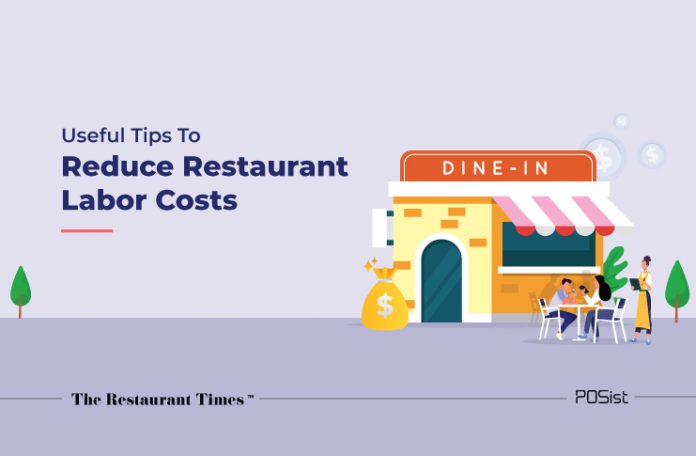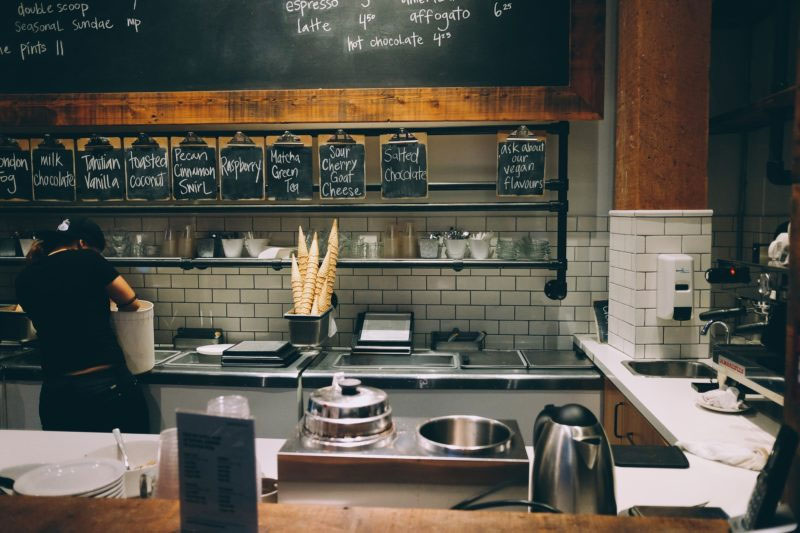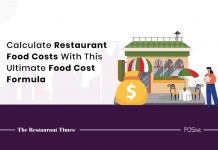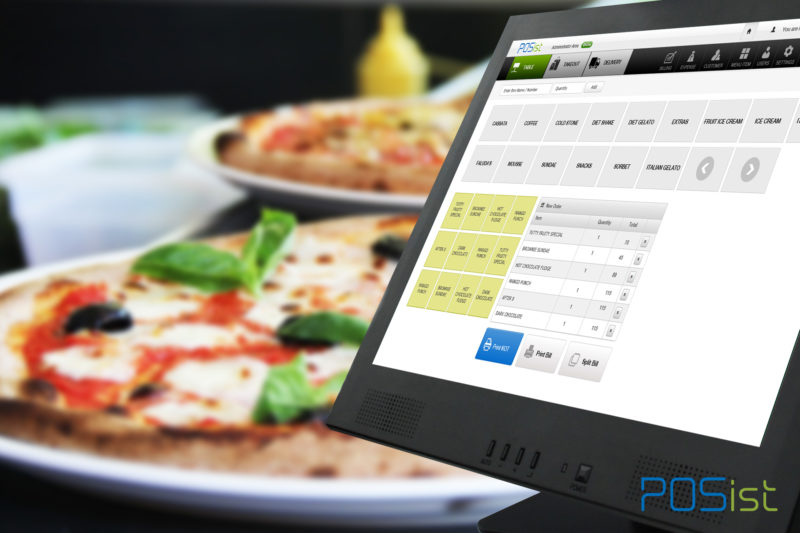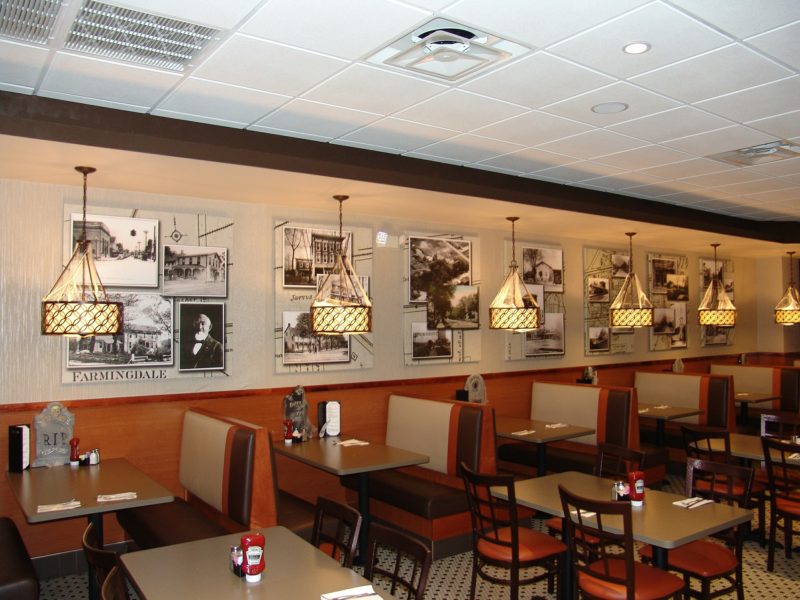In the restaurant business, labor costs account for the majority of expenses. The ratio of restaurant labor costs to the overall sales averages at 22-40%, whereas it can be as high as 75% in some cases. Given the restaurant industry’s capital-intensive nature, this can affect the viability of a restaurant business over a period of time. That is why restaurants and cafes must control their labor costs and maintain profit margins. This article provides eight effective ways of how operators in Saudi Arabia can reduce restaurant labor costs.
8 Useful Tips To Reduce Restaurant Labor Costs In Saudi Arabia
Reduced revenues and tight margins during the COVID-19 crisis led restaurant owners to take desperate measures and bid adieu to a substantial number of employees. While restaurants should readily prepare for the next hospitality crisis, here are some effective ways to reduce restaurant labor costs in Saudi Arabia that one can implement progressively.
1. Control Employee Attrition Rate
According to a study, the hospitality sector has one of the highest attrition rates. Attrition costs include recruitment costs, training of new workers, along with lost working hours due to scheduling inefficiencies and willful behavior on the part of the staff. Stiff competition, weakening revenues, long working hours, and low growth opportunities are the driving factors behind this phenomenon. The high attrition rate is considered to be one of the primary reasons behind the high restaurant labor costs.
Better growth opportunities, incentives, improving work culture, and introducing employee loyalty programs and can go a long way in controlling the attrition rate. A specific employee welfare policy and team-building exercises can also prove very useful in retaining employees.
2. Work On An Appropriate Salary Structure
Commission-based salary structure is proven to work wonders for controlling labor costs and also acts as an excellent motivator for the employees. Therefore, it is recommended to have a composite compensatory package for the staff that includes a fixed and a variable performance-based incentive structure.
If your restaurant has any pension or retirement plans, consider converting them into profit-sharing programs. The temporary or part-time workforce in your restaurant can also be offered a full commission-based compensation structure.
Review the profits and salary structures regularly and eliminate those costs that put you above the industry average. Implement such measures only after discussing with those employees who can be affected by this step as this might lead to high employee turnover.
3. Cross Train The Employees
Cross-training exercises ensure that all the employees are trained to handle multiple tasks and roles. It not only ensures that one has a restaurant workforce who can multi-task but also lead to the overall growth of the professional capabilities of the staff. Cross-training employees can also help take care of the unforeseen and sudden openings in the restaurant. It will increase the overall efficiency and provide team-building opportunities at the organizational level.
4. Employ Part-Time Help
The entitlement of permanent staff regarding the statutory benefits is a more significant financial commitment. That is why engaging part-time employees can make more sense. Part-time employees usually charge an hourly rate, which is lower than the wages payable to permanent employees. A restaurant can consider offloading unskilled and general chores to such a temporary labor force, thus reducing the overall payroll burden.
To cater to the rising footfall in your restaurant, it is also a good idea to hire seasonal workers. You can hire them on a contractual basis for a few months and offer them permanent employment if they turn out valuable for your business. Part-time help can prove to be a great labor cost reduction strategy for restaurants.
5. Invest In Hiring
The entire hiring process for restaurants requires a good investment of time and effort. Focus on your niche requirements and review job profiles accordingly. Search for the best fit instead of hastily filling up the vacancy. Hiring a person who is not fit for a job role would only add to attrition and result in additional recruitment and training costs.
According to conservative estimates by industry experts, the cost of hiring is about 25% of the average employee salary! Misfits can be dangerous for your restaurant’s reputation and affect the business in the long run. Therefore, remember to create a proper hiring structure for your restaurant.
6. Review And Schedule
The restaurant business is extremely dynamic and deeply affected by certain unpredictable events. Review your customer footfalls or online orders during such times and accordingly plan the schedules of your full-time employees or part-time help. This will help in controlling your payroll cost, minimize kitchen wastage, and run your restaurant at its best capacity.
7. Invest In Automation, Equipment, And Design
Restaurant technology is increasingly automating routine restaurant operations in such a way that only a little human effort and labor are needed. Features such as Automatic Billing, Online Ordering, QR code ordering, have significantly reduced the need for human interference.
Tools such as Kitchen Display System (KDS) which automatically accept the order from the POS, have eliminated the need to print the Kitchen Order Ticket (KOT) and then manually take the order to the kitchen. Implement robust restaurant technology solutions to streamline human effort and lower restaurant labor costs.
8. Measure And Boost Employee Efficiency
Measuring and optimizing the efficiency of employees is a difficult task in the restaurant business. By defining proper roles, goals, and setting Key Performance Indicators (KPI) for each team, you can boost employee efficiency. The kitchen team can be assigned the purpose of keeping food costs under control. Similarly, all the servers can be assigned to generate a certain sales figure.
Restaurants in Saudi Arabia can analyze the staff’s performance by fetching reports from the POS software. This will help in measuring and improving the staff’s efficiency. Improving employee efficiency will, in turn, help in improving productivity and it is also a great way of reducing the restaurant labor costs, without any layoffs.
High restaurant labor costs can affect its profitability and bleed a restaurant dry. Analyze each aspect of your restaurant business, utilize these tips, and take appropriate steps to effectively managing labor costs.


